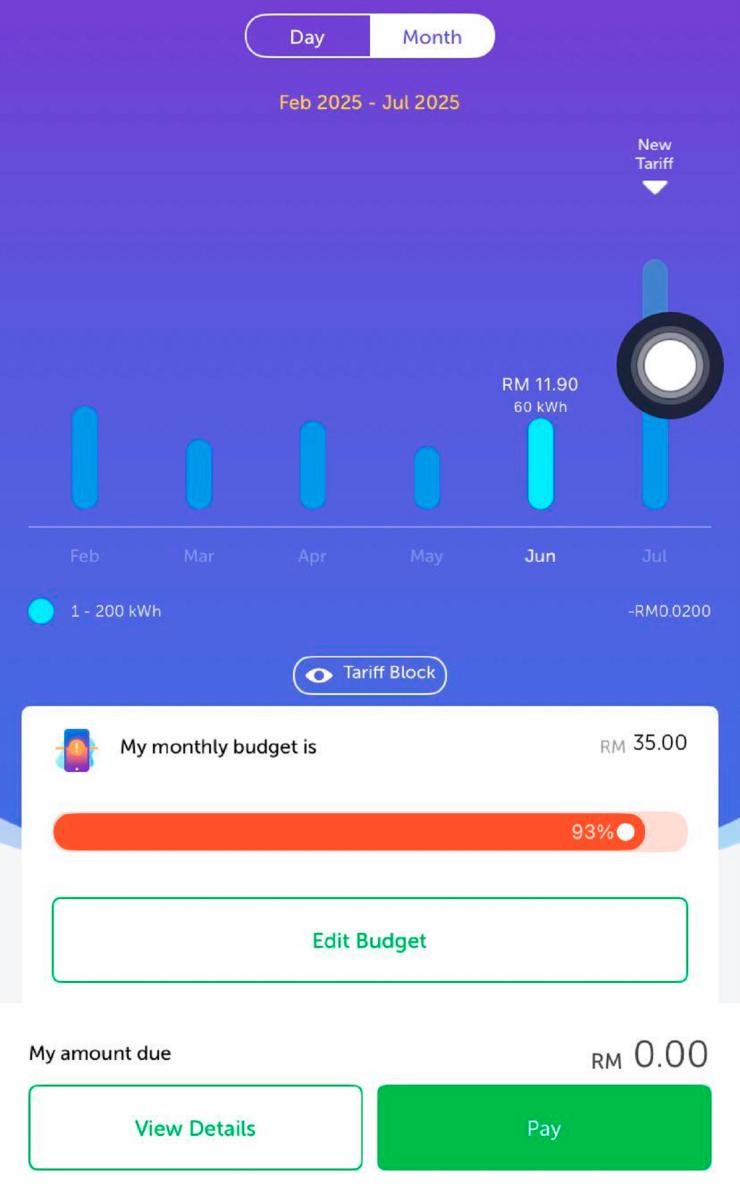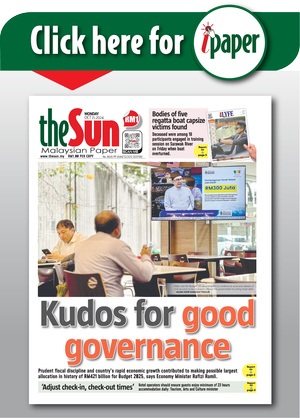MALAYSIANS are sounding the alarm over unusually high electricity bills this month — with many fingers pointing towards Tenaga Nasional Berhad’s (TNB) latest tariff charges.
According to a viral post on Reddit by user Itstartswith_m, who shared a screenshot of her July bill calculation, exclaiming:
“RIP July budget. I barely use AC, not even at home most days. Dang new tariff . Please someone tell me I estimated wrongly.”
Not alone in her lament, the comment section quickly turned into a support group for shocked bill-payers:
kimi_rules1st: “First week and it’s already RM200 — that’s my average for FIVE months. It’s gonna be RM600 by month-end at this point.”
Virion1124: “Last time my average bill was around RM120 to RM200. Now almost doubled to RM300+ to RM400.”
Sad-Scheme-9274: “Even without using AC much, things like fridge, heater, washing machine, and standby power add up.
“TNB’s new structure hits even basic usage hard — feels like you’re paying more for doing less.”
Many users believe there’s either a technical error, a glitch in the app, or an uncommunicated billing system change.
A few even noticed the infamous “bar” in TNB’s usage graph — which appears taller despite lower usage. This has added more fuel to the confusion:
BeneficialCup2317: “There’s a bug in the latest diagram. The bar is higher even though the usage is less. Just wait for the official bill lah.”
Still, some aren’t buying the wait-and-see approach.
40EHuTlcFZ: “Exactly. People will riot in front of their office if this is the real cost.”
hahcore: “Mine already hit RM170 and we’re not even done with the month. The app’s down for maintenance now... hoping it’s just a visual glitch.”
Starting July 1, electricity users in Peninsular Malaysia began experiencing major changes to their TNB bills.
This isn’t just a typical tariff update — it’s a complete overhaul of how electricity charges are calculated.
According to the Energy Commission (ST), the new structure is designed to offer a fairer and more progressive billing system for over 23.6 million domestic users.
However, early feedback suggests that the opposite may be happening with average users seeing double or triple their usual charges.
For many, the core issue isn’t just the pricing — it’s the lack of clarity.
There’s confusion over how usage is calculated under the new structure, whether current app readings are accurate, and if these high estimates will translate into actual bills.









